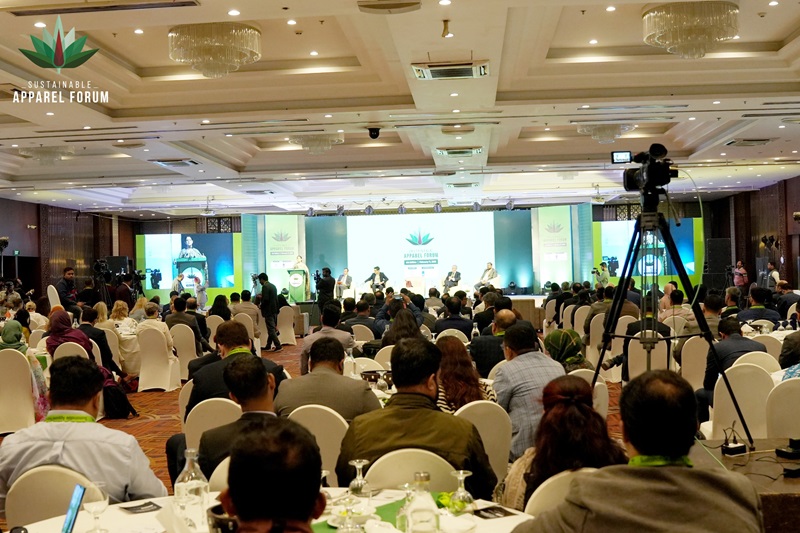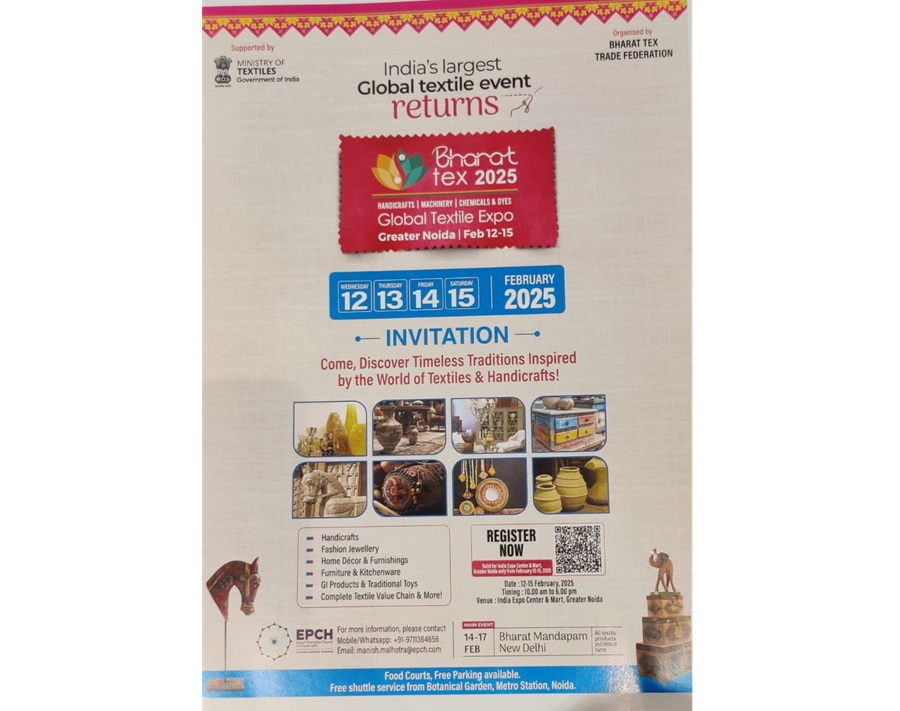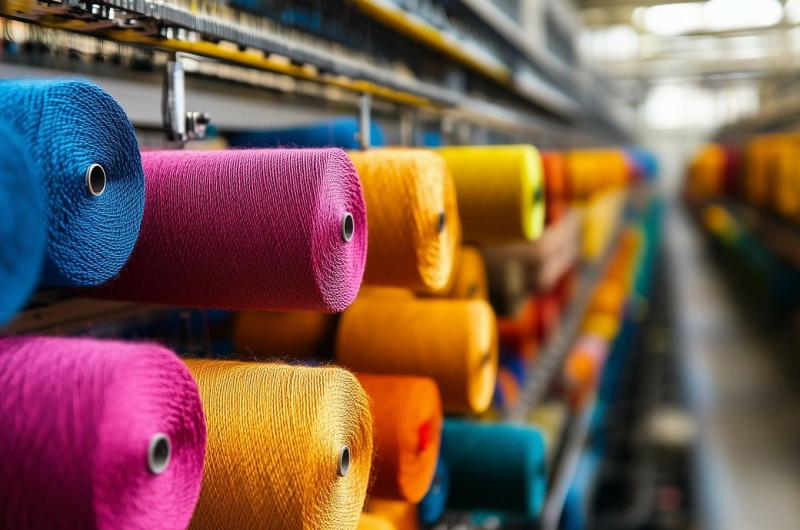
The Indian apparel industry, a major contributor to our GDP and employment, is changing with the infusion of advanced garment manufacturing technologies. As per India Brand Equity Foundation (IBEF), India’s textile and apparel industry is the second largest employer after agriculture, contributing 2.3 per cent to the GDP and 12 per cent to export earnings. From traditional, labor-intensive processes to automated, data-driven systems, the industry is recognizing the need to embrace innovation to remain competitive in the global market.
Winds of change
India’s apparel industry has historically relied on manual labor, particularly for intricate tasks like stitching and embroidery. While this approach has provided employment to millions, it often results in longer lead times, inconsistent quality, and limitations in scaling production. The global apparel landscape is changing rapidly, with consumers demanding faster fashion cycles, personalized products, and higher quality. This shift necessitates a move away from traditional methods.
The present scenario is marked by a gradual adoption of advanced technologies. Computer-Aided Design (CAD) and Computer-Aided Manufacturing (CAM) are becoming increasingly common for pattern making, design, and cutting. While 3D printing is still in its nascent stages, its potential for creating customized designs and prototypes is being explored. Robotics, though less prevalent currently, is finding applications in areas like fabric handling and automated sewing. Software solutions for production planning, inventory management, and supply chain optimization are also gaining traction.
Technology need of the hour
Adapting to advanced technologies is not merely a choice but a necessity for the Indian apparel industry to survive and thrive in the increasingly competitive global market. Countries like Bangladesh, Vietnam, and China have invested heavily in automation, gaining a competitive edge in terms of cost and efficiency. India needs to modernize to remain attractive to international buyers.
Plus fast fashion, personalized clothing, and on-demand manufacturing require agile and responsive production systems, which can be achieved through technology adoption. Automated processes minimize human error, leading to higher quality and consistent output, crucial for export markets. It improves quality and consistency. It leads to shorter lead times enable quicker response to market trends and faster delivery, enhancing customer satisfaction. And most importantly, automation optimizes resource utilization, reduces waste, and increases throughput, leading to higher productivity and improved profitability.
India’s challenges and concerns
The adoption of advanced technologies in India’s garment manufacturing sector faces several challenges. High initial investment is a major challenge, the cost of acquiring and implementing advanced machinery and software can be prohibitive, especially for small and medium-sized enterprises (SMEs) that constitute a significant portion of the industry.
Moreover, operating and maintaining sophisticated equipment requires specialized skills. There is a need for training and skill development programs to bridge the gap. What’s more, traditional mindsets and a reliance on established practices can hinder the adoption of new technologies. Then there are infrastructure limitations. Reliable power supply and internet connectivity are crucial for running advanced systems. Infrastructure bottlenecks can pose a challenge. Job displacement is another major concern. While automation can create new, higher-skilled jobs, there are concerns about potential displacement of existing workers, particularly those with limited skills.
Despite the challenges, the adoption of advanced garment manufacturing technologies presents a compelling business case for India. By leveraging its existing strengths, such as a large workforce and a well-established textile industry, combined with advanced technology, India can position itself as a global apparel manufacturing hub. And modernized facilities and efficient production processes will attract foreign investment, boosting the industry’s growth. Improved quality, shorter lead times, and competitive pricing will boost India’s export competitiveness. Ministry of Commerce and Industry, India’s textile and apparel exports stood at $40.8 billion in FY22.
A technologically advanced industry can better cater to the growing domestic demand for high-quality and fashionable apparel. And it will help in creating a skilled workforce as investing in training and skill development will create a pool of skilled workers, enhancing the industry’s long-term sustainability.
Tech adoption by Indian companies
In fact some prominent Indian apparel companies have already adopted advanced technology and experienced positive change. For example, Shahi Exports, one of India’s largest garment exporters, has invested heavily in CAD/CAM technology for pattern making, marker planning, and cutting. They’ve also implemented enterprise resource planning (ERP) systems for better production planning, inventory management, and supply chain visibility. These technologies have enabled Shahi Exports to reduce lead times by 15-20 per cent; improve fabric utilization by 5-10 per cent; enhance quality and consistency; increase production efficiency; gain better control over their supply chain
Arvind Mills, a leading textile and apparel manufacturer, has embraced automation in its denim manufacturing facilities. They’ve implemented automated weaving, dyeing, and finishing processes, along with robotics for material handling. This has resulted in increased production capacity; reduced labor costs; improved product quality; enhanced sustainability through reduced water and energy consumption.
Raymond Group a top brand in the men’s apparel segment, has adopted 3D body scanning technology in some of its retail stores. This allows for precise measurements and personalized tailoring, enhancing the customer experience. This technology has helped Raymond to offer customized fits and personalized service; improve customer satisfaction; enhance brand image and gain a competitive edge in the retail market.
Similarly, Gokaldas Exports, another major garment exporter, has implemented lean manufacturing principles and integrated them with technology solutions. They’ve used software for production planning, shop floor control, and real-time data analysis. This approach has enabled Gokaldas Exports to streamline production processes; reduce waste and improve efficiency; enhance productivity and profitability; improve on-time delivery performance.
Apparel Group India partnered with Green Honchos to improve their e-commerce capabilities. They focused on website development, UI/UX improvements, and better integration with their technology infrastructure. This led to 30x increase in e-commerce sales; 30 per cent of total sales coming from e-commerce; improved customer experience and website performance; increased ‘add to cart’ rate by 12-14 per cent.
Future outlook
The future of garment manufacturing in India is linked to the adoption of advanced technologies. In future, there will be greater use of robotics, AI, and automation in all stages of production. Seamless integration of CAD/CAM, 3D printing, and other digital tools will create a connected and data-driven manufacturing ecosystem. Technologies that promote sustainable practices, such as reducing waste and conserving water, will gain prominence. 3D printing and other technologies will enable on-demand and personalized production, catering to individual consumer preferences. And the integration of garment manufacturing with Industry 4.0 technologies, such as IoT and cloud computing, will create smart factories with enhanced efficiency and connectivity.










